How Electronic Components Distributors Drive Supply Chain Efficiency
Introduction:
In the fast-paced world of electronics manufacturing, supply chain efficiency plays a crucial role in meeting market demands and staying competitive. This article explores the ways in which electronic components distributors drive supply chain efficiency and contribute to the overall success of the electronics industry.
Inventory Management:
One of the primary responsibilities of electronic components distributors is efficient inventory management. They maintain substantial inventories of components, allowing them to meet customer demands promptly. By utilizing advanced inventory management systems and data analysis, distributors can accurately forecast demand, optimize stock levels, and minimize the risk of component shortages or excess inventory.
Sourcing and Procurement:
Distributors excel in sourcing and procurement activities, leveraging their networks and partnerships to access a wide range of electronic components. They have established relationships with multiple manufacturers, allowing them to source components from different suppliers, thus reducing dependence on a single source. This diversification mitigates the risk of supply disruptions and provides customers with alternative options during component shortages.
Streamlined Logistics:
Electronic components distributors understand the importance of streamlined logistics for efficient supply chain operations. They have well-established logistics networks and shipping capabilities, enabling them to handle orders efficiently and deliver components to customers worldwide. By optimizing shipping routes, employing effective packaging methods, and leveraging tracking technologies, distributors ensure that components reach their destinations in a timely and secure manner.
Just-in-Time (JIT) Delivery:
Just-in-Time (JIT) delivery is a key aspect of supply chain efficiency, and electronic components distributors excel in this area. They understand the urgency of meeting project deadlines and offer JIT delivery services to support time-sensitive manufacturing processes. JIT delivery reduces inventory carrying costs, minimizes lead times, and allows manufacturers to optimize their production schedules.
Value-Added Services:
Electronic components distributors often provide value-added services that contribute to supply chain efficiency. These services can include component kitting, custom packaging, tape and reel services, and component programming or pre-assembly. By offering these value-added services, distributors streamline the manufacturing process for their customers, reducing the time and effort required for component handling and preparation.
Conclusion:
Electronic components distributors play a vital role in driving supply chain efficiency in the electronics industry. From effective inventory management and sourcing strategies to streamlined logistics and JIT delivery, distributors optimize the flow of components and support manufacturers in meeting market demands. Their value-added services further enhance supply chain efficiency, making them indispensable partners in the fast-paced world of electronics manufacturing.

















